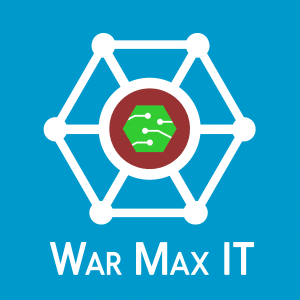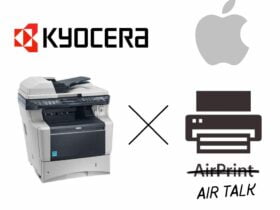Before there was an iPhone, iMac or Macintosh computer, Apple had Lisa. The Lisa computer which stands for “Local Integrated Software Architecture” but was also named after Steve Jobs’ eldest daughter ended up as total flop when it released in 1983, due to its astronomical price point at $10,000, But in the grand scheme of Apple’s history, Lisa’s software laid the groundwork for what was to be the macOS operating system.
Some time soon, Apple fans and older generations computer geeks will be able to relive the company’s early days, back to when it was still a Cupertino startup led by Jobs and Steve Wozniak, with the thanks to the US. Mountain View-based Computer History Museum.
The museum’s software curator, Al Kossow, announced in a public mailing list that the source code for the Lisa computer has been recovered and is currently with Apple for review. Once Apple clears the code, the museum plans to release it to the public with a blog post explaining its historic significance.
However, not every part of Lisa’s source code will be available, explained Kossow.
“The only thing I saw that probably won’t be able to be released is the American Heritage dictionary for the spell checker in LisaWrite (word processing application),” said Kossow.
The Apple Lisa computer was the first computer with graphics user interface aimed at business users, hence its prohibitive cost. With a processor as fast as 5 MHz and 1 MB of RAM for its time, the Lisa gave users the breakthrough of organizing files by using a computer mouse. while Microsoft, Xerox and other Silicon valley based companies at the time where still refining thier systems.
Apple spent $150 million on development of Lisa and advertised the Lisa as a game-changer, with actor Kevin Costner in the commercials. But Apple sold only 10,000 units of Lisa in 1983 before pivoting to create a smaller and much cheaper successor, the Macintosh, which was released the next year.
“The Lisa was doomed because it was basically a prototype, an overpriced, underpowered cobbled-together ramshackle Mac,” author and tech journalist Leander Kahney told Wired in 2010. “Lisa taught the Mac team they’d need to articulate a clear purpose for the Mac.”
The Lisa computer also set off another chain of events, which helped define Apple’s history, according to Wired. Jobs was promptly kicked off the Lisa development team by CEO John Sculley and joined the Macintosh team. Sculley’s move against Jobs helped create the legendary fissure between the two which led to Job’s ouster from Apple in 1985 and his return in 1997.







